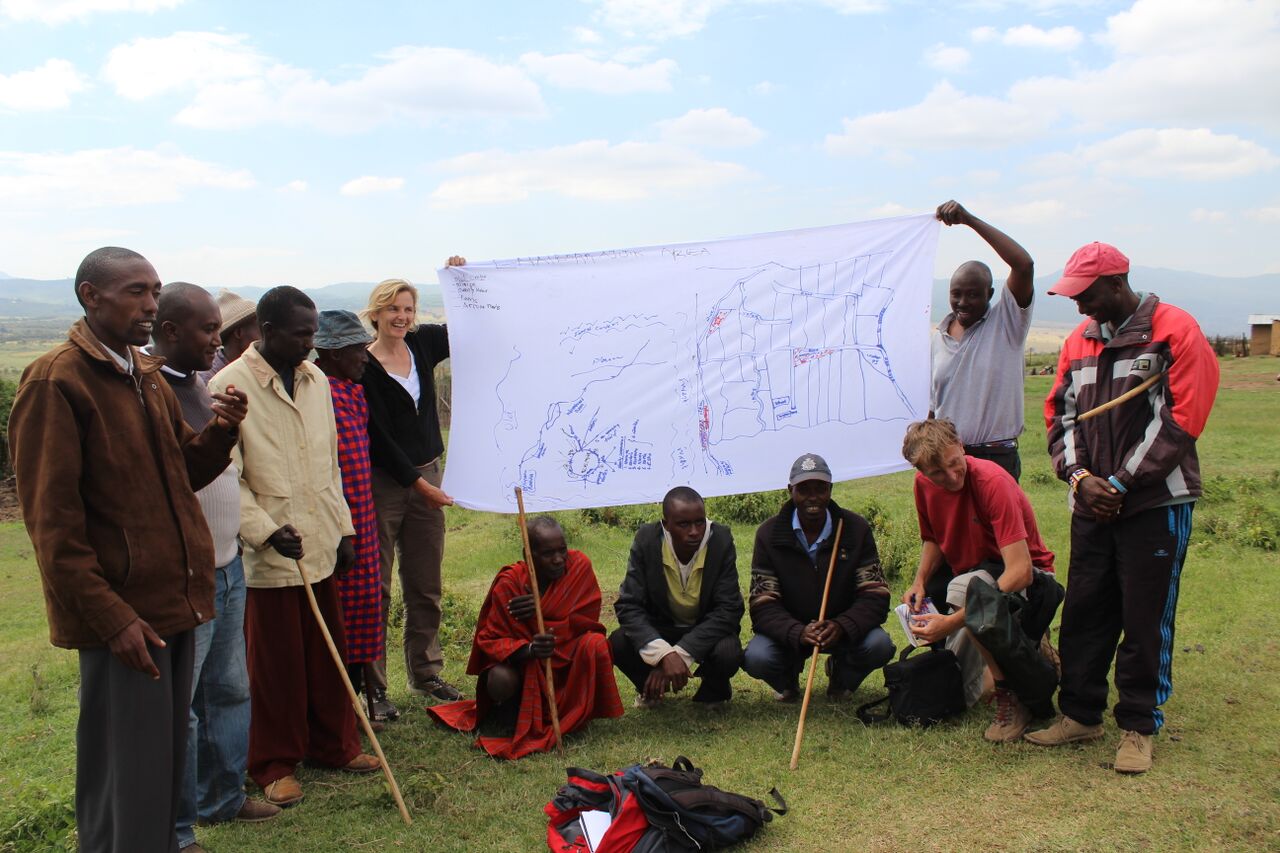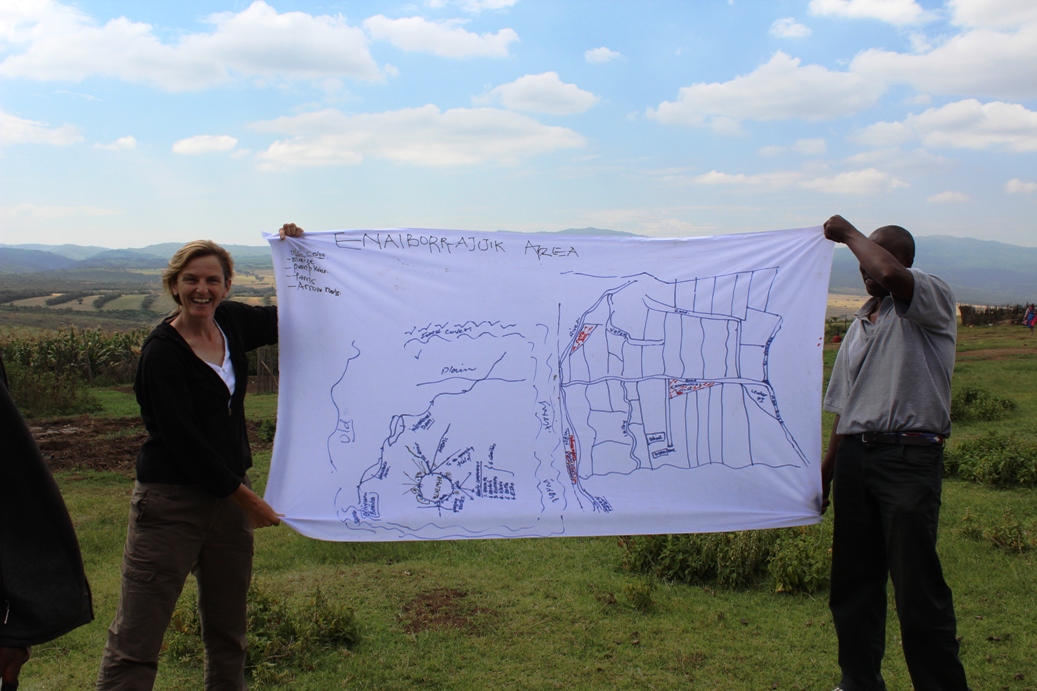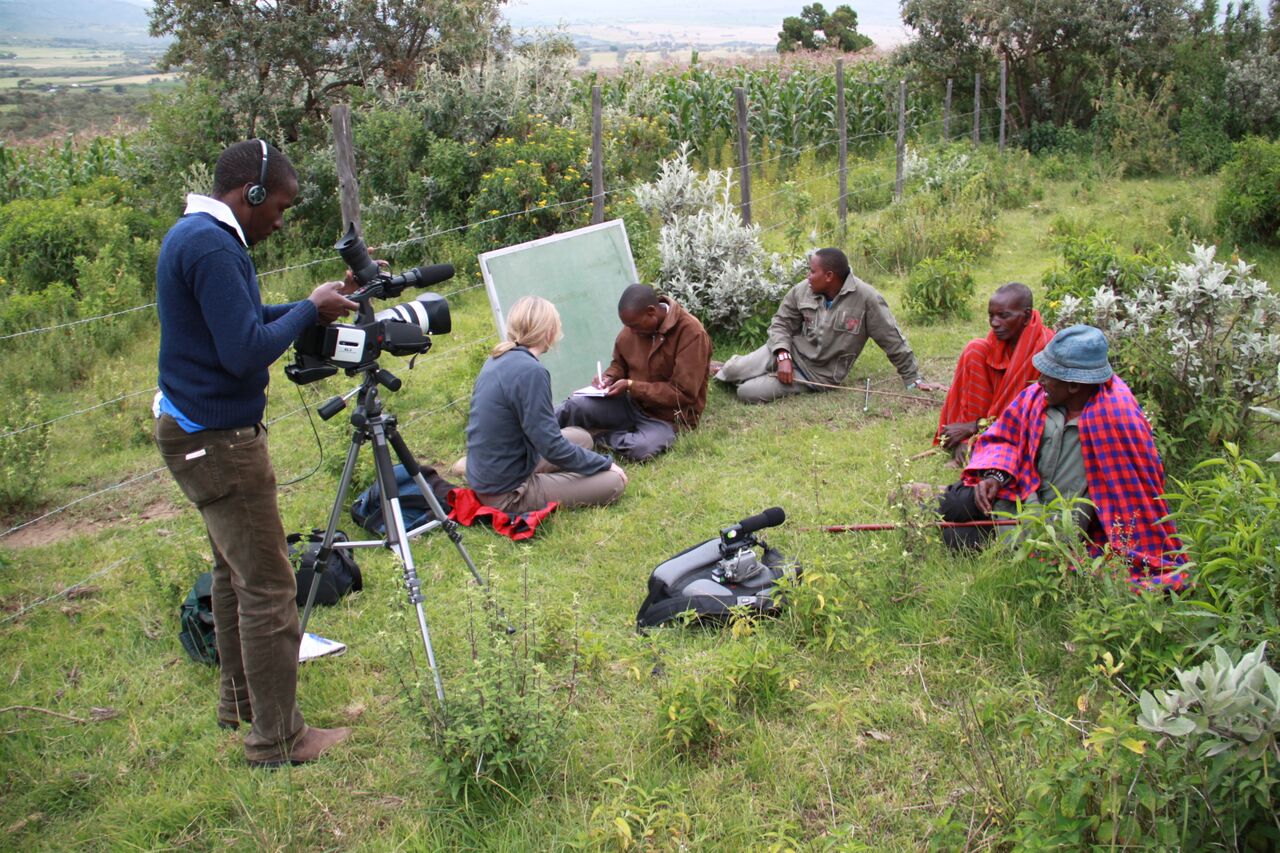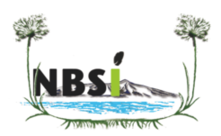Indigenous (Maasai) history




Long before European settlement, the Lake Basin was part of a territory that traditionally belonged to the Maasai. According to their own oral history, the Maasai tribe originated in the Lower Nile Valley, between South Sudan and northern Kenya. They eventually expanded southwards through the Rift Valley, reaching deep into Tanzania. Historians guess that the ancient southward migration took place sometimes during the XVII century A.D., but precise elements of proof are scarce.
Lake Naivasha has always been of particular importance for the Rift Valley Maasai clans who periodically migrated towards the lake to water their cattle at times of drought. The loss of access to the lake, due to the distribution of the lands to white settlers that took place at the turn of the century, has always been fiercely opposed by the Maasai, in courts and through struggle with neighbouring tribes that settled in the lowlands around the lake. Recent localised outbursts of violence occurred in 2010 near Mai Mahiu, exacerbated by a severe drought.
The Maa language reflects the origin of the people and includes linguistic elements that are similar to languages spoken by other Kenyan nilotic tribes such as the Samburu, the Turkana and the Kalenjin (among others).
The name of Lake Naivasha derives from the Maa expression enaaiposha, still used by Maasai elders, meaning “receding waters” and referring to the frequent changes in lake levels that characterise the basin's hydrology.



